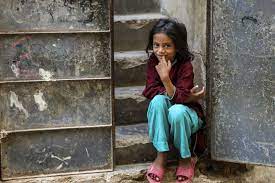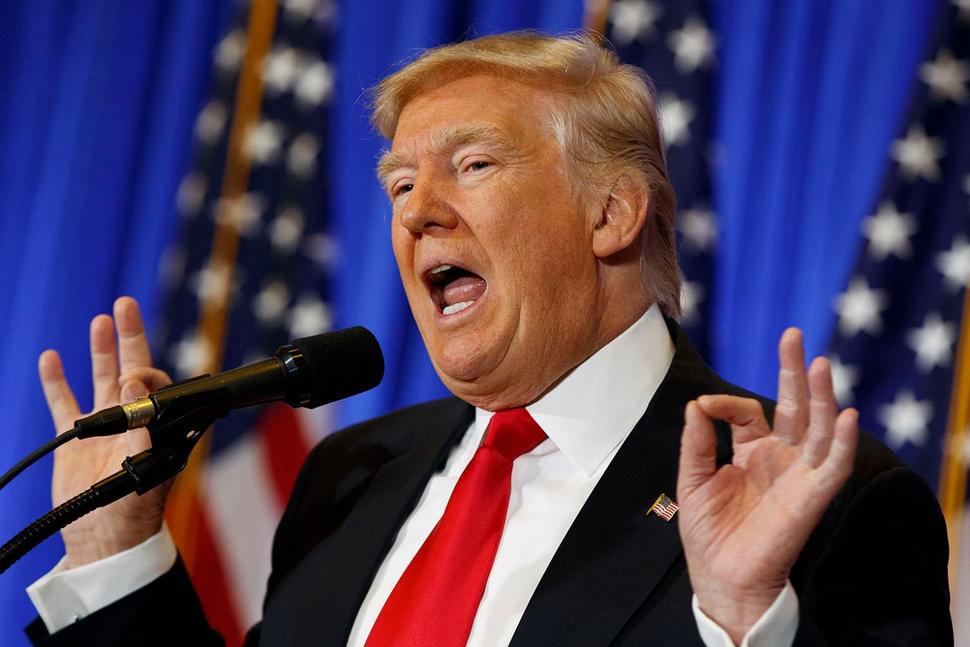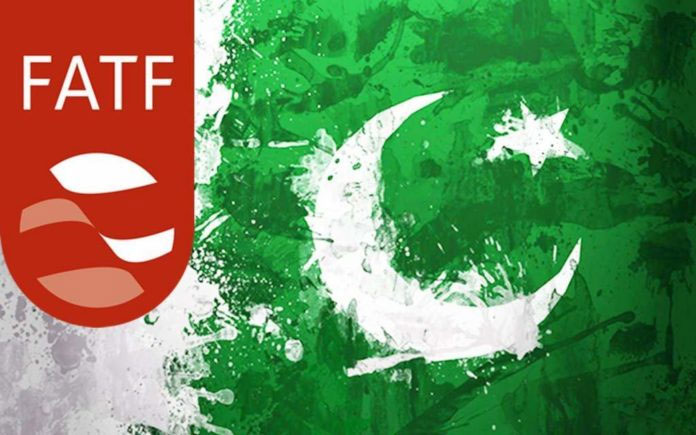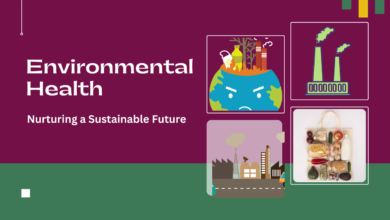
Pakistan is home to a large population of children, with an estimated 64 million children under the age of 18. However, many of these children face significant challenges in terms of health, education, and protection.
Health:
Child health remains a major concern in Pakistan. According to the World Health Organization (WHO), Pakistan has one of the highest rates of infant mortality in the world, with an estimated 62 deaths per 1,000 live births. Malnutrition is a significant issue, with an estimated 37% of children under the age of 5 suffering from stunted growth. This is often due to a lack of access to nutritious food and clean water, particularly in rural areas.
Education:
Access to education is another major issue for children in Pakistan. While primary education is free and compulsory, many children do not attend school, particularly girls. According to the United Nations Children’s Fund (UNICEF), an estimated 22.8 million children in Pakistan are out of school, with girls being particularly affected. Those who do attend school often face poor infrastructure and low-quality education, with many schools lacking basic facilities such as clean water and functional toilets.
Protection:
Children in Pakistan also face significant protection challenges, particularly in terms of child labor, child marriage, and violence. Child labor is a widespread issue, with an estimated 12.5 million children between the ages of 5 and 14 engaged in child labor. Child marriage is also common, particularly in rural areas, with an estimated 21% of girls marrying before the age of 18. Violence against children, including physical and sexual abuse, is also a significant concern, with many cases going unreported or unpunished.
Efforts are being made to address these issues and improve the lives of children in Pakistan. The government has implemented policies and programs aimed at improving child health, increasing access to education, and protecting children from violence and exploitation. For example, the government has launched the Ehsaas program, which aims to provide financial assistance and support to vulnerable families, including children. The government has also launched initiatives to improve school infrastructure and teacher training, and to increase enrollment and retention rates, particularly for girls.
Non-governmental organizations and international organizations are also working to improve the lives of children in Pakistan. UNICEF and other organizations are providing support for child health and education, as well as working to end child labor, child marriage, and violence against children. Additionally, many civil society organizations are working to advocate for children’s rights and raise awareness of the challenges faced by children in Pakistan.
In conclusion, while there have been efforts to address the challenges faced by children in Pakistan, much more needs to be done to improve their health, education, and protection. It is essential that the government, civil society organizations, and international partners continue to work together to ensure that all children in Pakistan have access to their basic rights and are able to reach their full potential.






